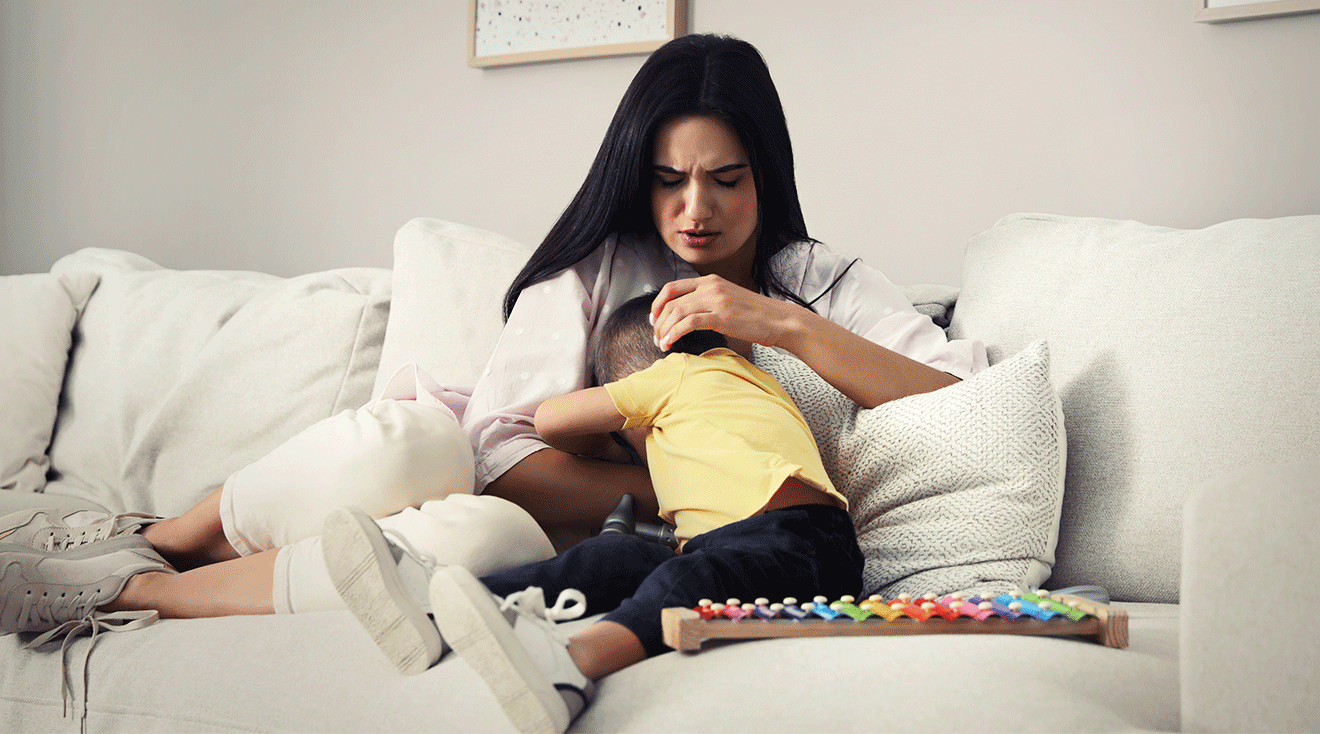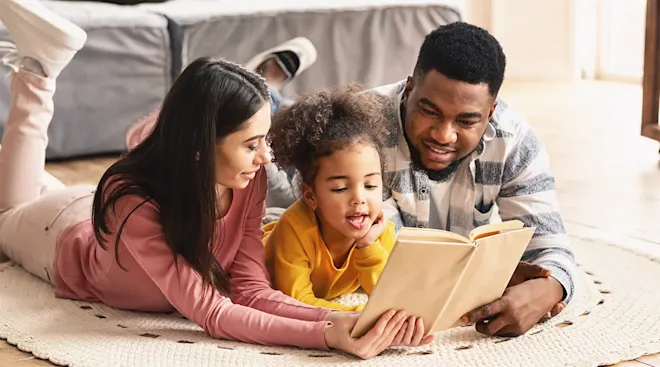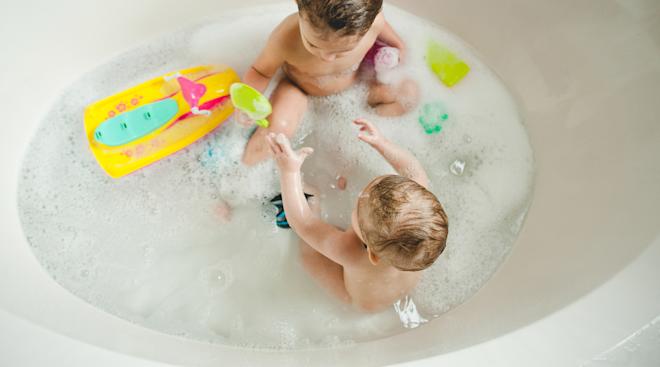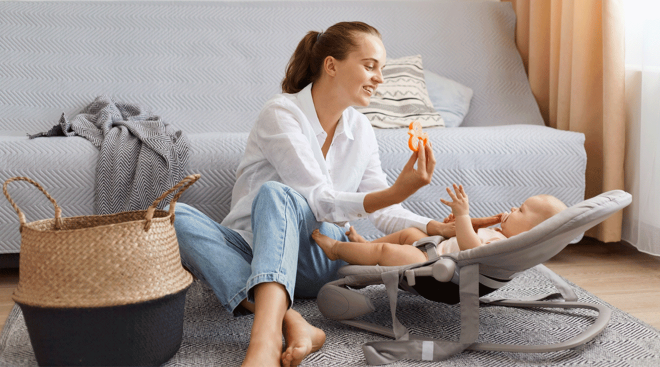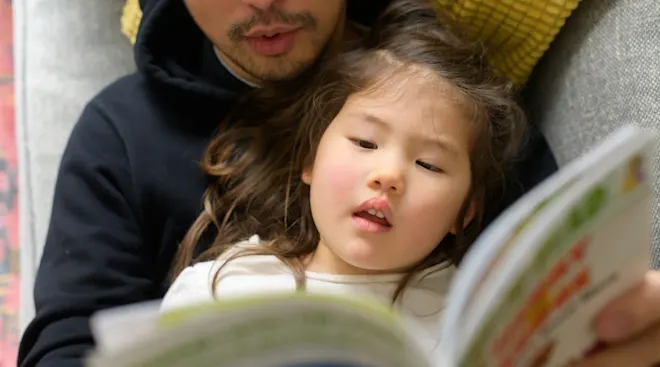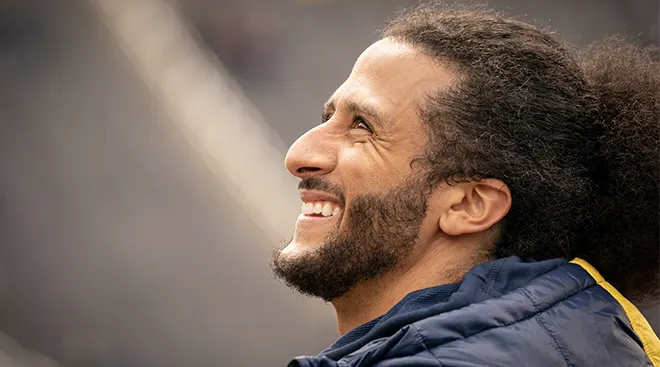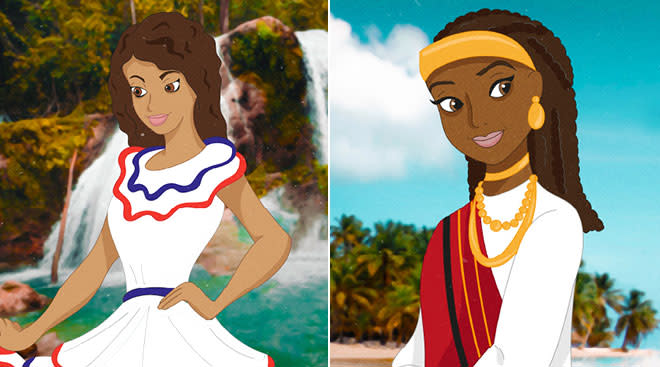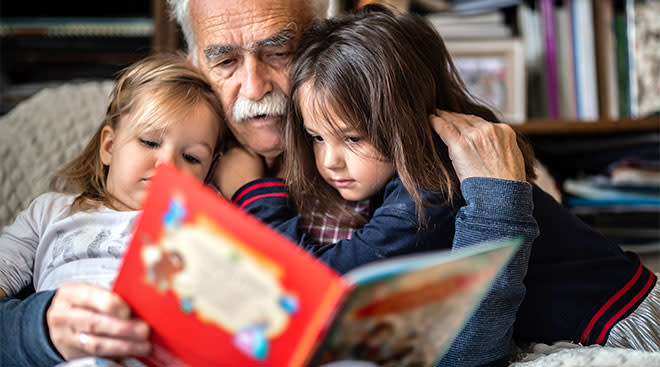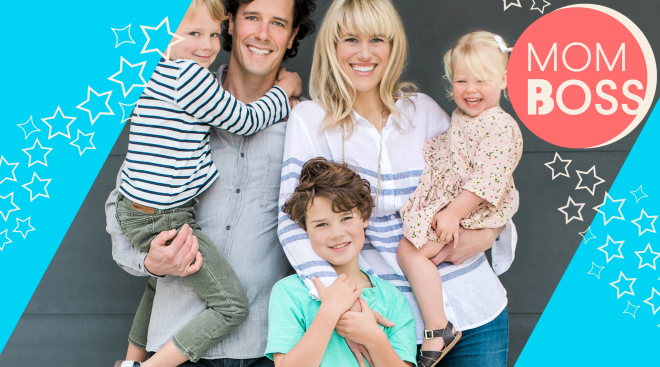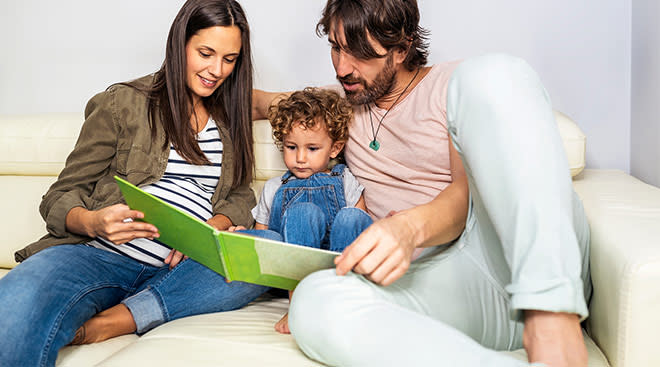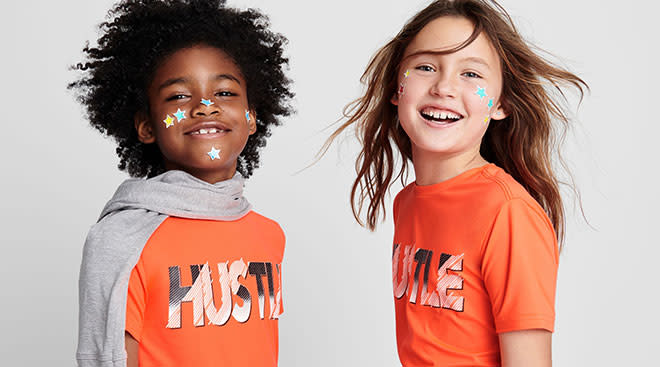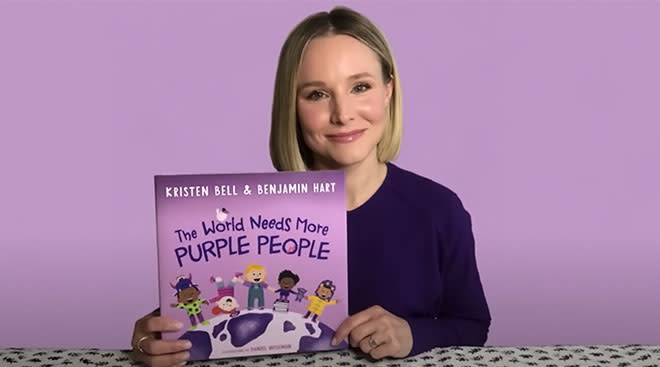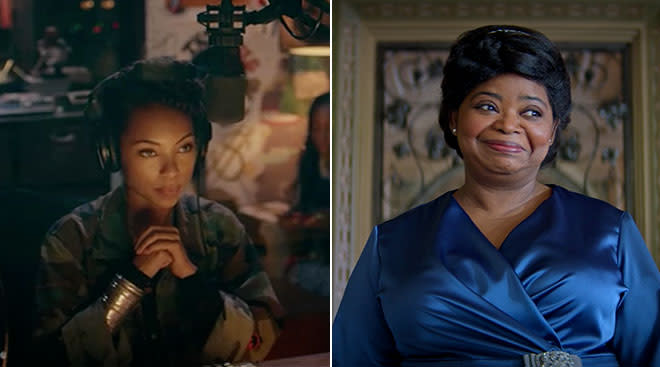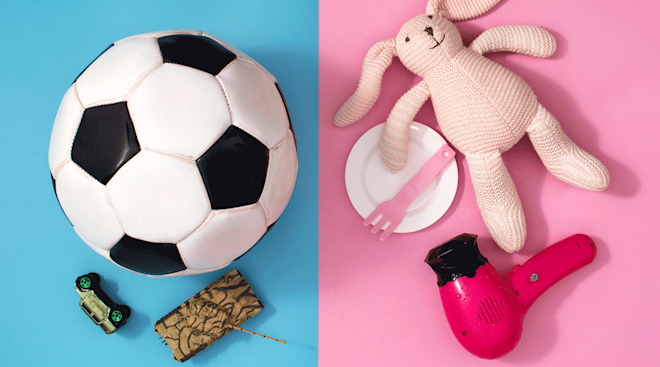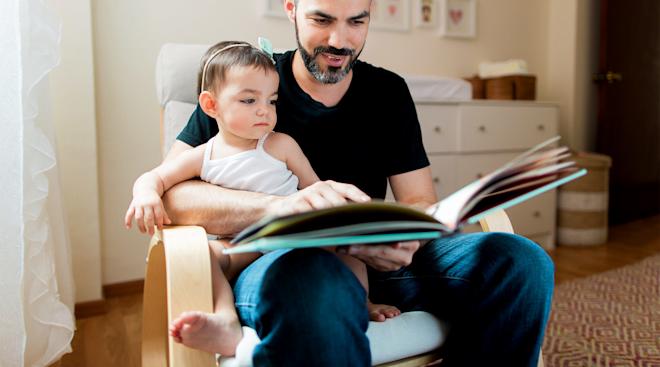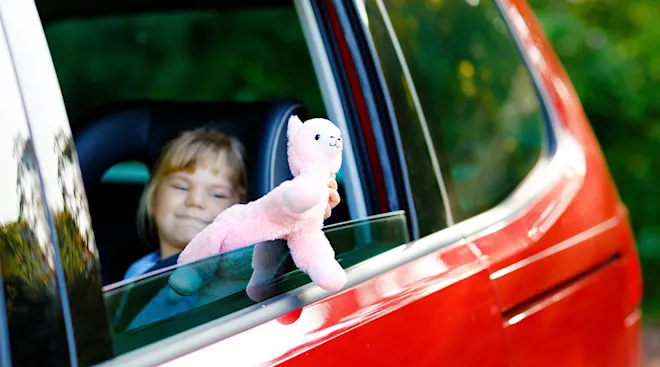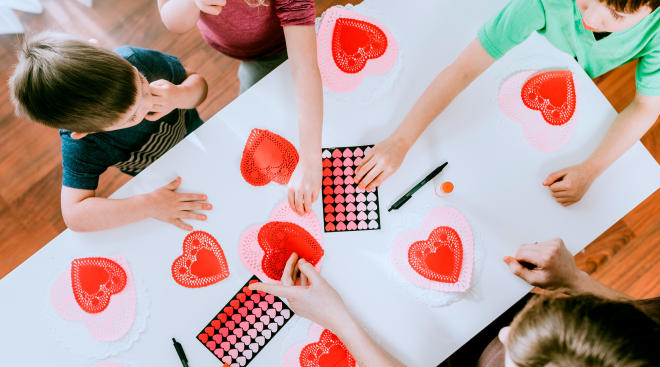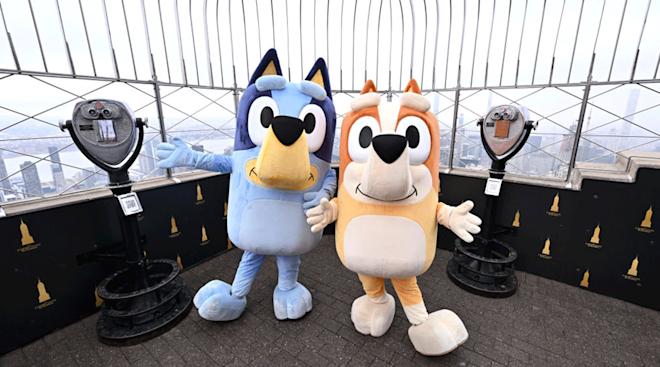How to Handle Bullying in Preschool
When people talk about kids getting bullied, the concerns often revolve around tweens and teens—but in reality, bullying can start well before that, sometimes as early as preschool. Three- and 4-year-old preschool bullies may not be going around stealing kids’ lunch money or giving them wedgies, but they’re still more than capable of inflicting physical and emotional harm. In fact, one study published in the journal Pediatrics found that 20 percent of kids aged 2 to 5 had experienced physical bullying in their lifetime and more than 14 percent had been teased or otherwise emotionally bullied. Whether your child is the victim or the bully, there’s plenty you can do to try to combat the problem of bullying in preschool. Keep reading to learn how.
Bullying is defined as unwanted, aggressive behavior that involves a real or perceived imbalance of power where a child uses their physical strength, knowledge or popularity to control or harm others, and that’s repeated or has the potential to happen more than once.
Bullying in preschool can take on many forms, including physical, verbal and social. “In preschool, bullying is more physical, such as pushing, shoving and making faces,” says John Mayer, MD, a clinical psychologist at Doctor On Demand. “But preschoolers also demonstrate social isolation, usually in the form of not including a child in play or sharing things. Name calling is also common, and they frequently mimic words they’ve heard from older siblings, parents or adults.”
Preschool bullies often target what sets a child apart, such as delayed language or speech, using a pull-up diaper or even the clothes they wear and the lunches they bring to preschool. “Believe it or not, some mean girls will brutally tease another girl for not wearing the ‘in style’ dress or shoes, or for something like bringing a homemade sandwich for lunch on bread that is ‘different,’” says Fran Walfish, PsyD, a child and family psychotherapist in Beverly Hills and author of The Self-Aware Parent: Resolving Conflict and Building a Better Bond with Your Child.
That kind of bullying only increases as a child ages. “In older children, the number one way they bully is to pick on the way someone looks, talks or acts,” Mayer says. “They pick on perceived weaknesses in children they victimize.”
The reasons why kids this age bully others are complex—and there may be more than one reason at play. For one, it could be due to their immaturity and lack of social skills. “Bullies bully because they don’t have more sophisticated or mature ways to relate to others,” Mayer says.
It could also be an attempt to seek the attention or acceptance of classmates, or because they’ve become victims of bullying themselves, either at school or at home at the hands of a sibling or parent. In that instance, “the child who’s the victim in their own family can’t contain the hostility and their rage leads them to become a bully,” Walfish says. “They go to school or out into the world and look for an easy target. Then, they expel their hostilities onto another innocent victim.”
Often, with preschool-aged kids, they are simply unable to grasp how this behavior makes the bullying victim feel.
Learning that your child is being bullied is of course distressing. “Just like in any age, bullying affects the child’s feelings and causes sadness,” Mayer says. “It can scar them and prevent them from forming friendships and learning social skills.” If you discover that your child has been the victim of preschool bullying, there are a few things you can do to intervene and hopefully put a stop to the behavior.
• Watch for signs your child is being bullied. They may not be able to communicate exactly what’s happening, so keep an eye out for unexplained bruises and behavioral changes, which could be the first indicators that your kid is getting bullied. If your child seems keen to avoid interacting with certain kids at school, that can also be a sign of an issue.
• Arm your child with the right tools to fight back. That doesn’t mean getting them a black-belt in Taekwondo. Instead, “Arm them with phrases and behaviors they can use in bullying situations that may arise,” Walfish says. “Role-play with them in ‘what-if’ scenarios.”
• Get other caregivers involved. Make sure that grownups who are around when the bullying is happening are aware of the situation and can help intervene if they see your kid getting bullied.
• Talk to the bully’s parents. At this early age, parents may not be aware their child has a problem interacting with their classmates. “In a kind, giving manner, speak to the parents,” Mayer says. “You can approach them with the mindset that this is a learning opportunity.” If you can come together with a plan of action that protects your child and helps the bully learn to socialize with their classmates, it’ll be a win-win for everyone.
• Make it clear that it’s not their fault. “Point out concrete examples and facts that show they’re not the problem or wrong, and that the bully is not behaving correctly,” Mayer says. “Kids will blame themselves instead of understanding that it’s the bully who’s wrong.”
Perhaps even harder is learning that your child is the one acting aggressively toward their classmates. Luckily, there are a few things you can do to teach them what’s appropriate behavior and what’s not.
• Watch for signs your child is a bully. Often, parents don’t know that their child is acting inappropriately until a teacher or another parent makes them aware of it. Aggressive or hostile behavior toward other children—particularly younger siblings—may be the first sign you see. Your child may be more impulsive than their peers and more easily frustrated.
• Help them develop social skills. Preschool bullies simply might not understand how to appropriately relate to other people—but those are skills you can help them build. “You can teach them how to make friends and to be a friend, how to share with others, cooperate and include others,” Mayer says. “We do this by stepping into their lives and showing them how it’s done and also by insisting that they socialize in this manner. For example, you can say, ‘‘Make sure you include Kathy in this game,’ or ‘Give Jimmy a turn.’”
• Keep talking about it with your child. Walk them through different situations they may face at school and help them determine the right way to react. For instance, ask them what they’d do if another child has a toy they want to play with. Give positive encouragement when they come up with an appropriate solution to the problem.
• Create consequences for their actions. When bullying no longer works for them, they often learn to move on from it. “When children show antisocial behavior, it’s important to give them a consequence,” Mayer says. “The most immediate and effective consequence is to take them away from that activity and teach them better behavior.”
• Encourage your child to make it right. Give them an opportunity to apologize to the child they bullied or have them include the child they were excluding next playtime—whatever it takes to help everyone leave the bullying behind them and move on.
Please note: The Bump and the materials and information it contains are not intended to, and do not constitute, medical or other health advice or diagnosis and should not be used as such. You should always consult with a qualified physician or health professional about your specific circumstances.
Plus, more from The Bump:
Navigate forward to interact with the calendar and select a date. Press the question mark key to get the keyboard shortcuts for changing dates.
































